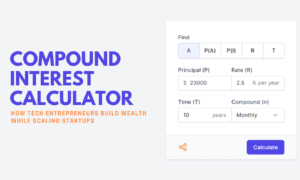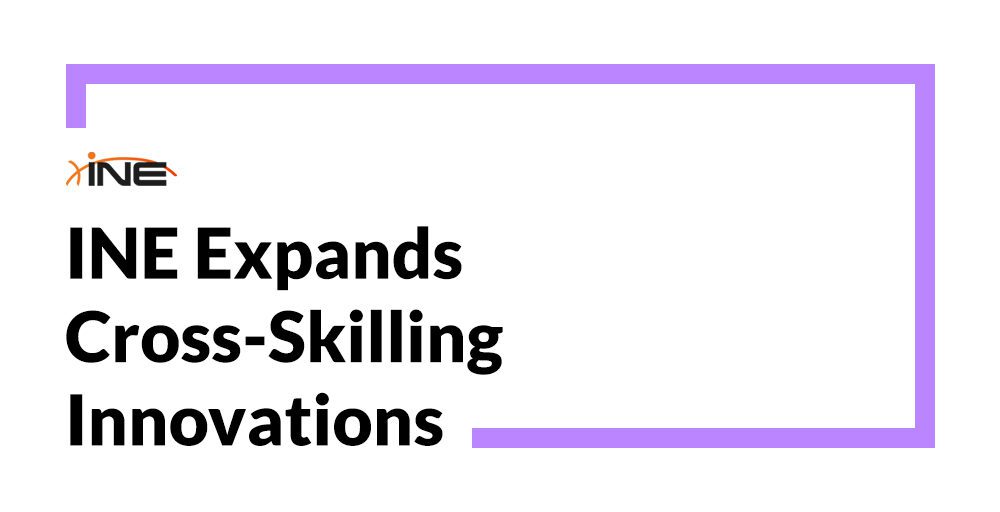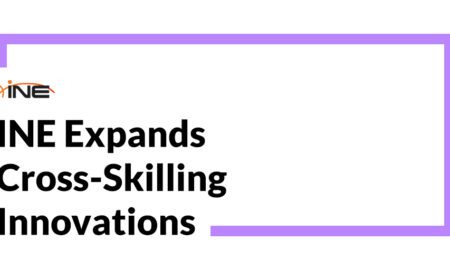When managing your credit card expenses, there are two limits that you should be aware of: your credit limit and your cash advance limit. The credit limit refers to the maximum amount of money a credit card issuer allows you to borrow on your card, while the cash advance limit is the maximum amount you can withdraw as cash using your credit card. These limits define how much you can borrow and access in cash, which directly affects your spending power.
Understanding your credit limit or cash advance limit in credit card transactions allows you to plan your expenses more effectively and avoid penalties that come with overspending. On the flip side, failing to take these limits into account could result in overspending, which may lead to declined transactions, additional fees, and potential damage to your credit score.
To help you stay on top of these limits and manage a card like the Landers Cashback Everywhere Credit Card by Maya more wisely, here are some key considerations to keep in mind:
1) Know the Difference Between the Two
It’s important to recognize that your credit limit and cash advance limit are distinct figures, even though they’re both tied to your credit card. While your credit limit reflects the total amount you can borrow for regular purchases, your cash advance limit is a separate portion specifically reserved for cash withdrawals. The cash advance limit is often lower than your credit limit, and any amount you withdraw reduces the remaining credit available for regular spending.
If you’ve relied on a cash advance more than once without knowing the difference between these two figures, you might have unknowingly used up a large portion of your available credit, thus limiting your ability to make other purchases. Keep track of both limits to ensure that you’re not caught off guard and to plan your spending more efficiently.
2) Be Aware of Fees and Interest Rates
Credit cards come with a variety of fees, and these charges can differ depending on whether you’re making a regular purchase or taking out a cash advance. Regular purchases typically have lower interest rates, but cash advances usually carry much higher rates. It’s also important to note that interest on cash advances begins accruing immediately, with no grace period.
In addition, cash advances may come with extra fees like ATM withdrawal fees and cash advance transaction fees, which can add up quickly. You should also watch out for late payment fees and overlimit fees, which may apply if you miss a payment or exceed your credit limit. Being aware of all these costs should help you avoid unexpected charges and make smarter choices when using your card.
3) Monitor Your Credit Utilization
Your credit utilization ratio plays a key role in determining your credit score. Both regular purchases and cash advances contribute to this ratio, so it’s important to track your spending and make sure you’re not using too much of your available credit. Cash advances, in particular, can quickly eat into your available credit, so it’s essential to be mindful of how much you’re withdrawing.
Fortunately, online banking and mobile apps will easily allow you to check how much you’ve spent and how much credit or cash advance you have left. Doing this regularly will help you avoid exceeding your limit, which could result in overlimit fees or declined transactions.
A good rule of thumb is to keep your credit usage below 30% of your total credit limit. For example, if your card has a PHP 50,000 credit limit, try to keep your purchases under PHP 15,000. Keeping your credit usage in check not only helps protect your credit score but also allows you to manage your finances more effectively, with fewer risks of falling into debt.
4) Use Your Cash Advance Responsibly
Cash advances can be helpful in emergencies, but they shouldn’t be your go-to option for everyday spending. Since they come with higher interest rates and additional fees, it’s best to use a cash advance only when absolutely necessary, such as during emergencies or when you urgently need cash and have no other alternatives.
Remember that your cash advance limit is part of your overall credit limit. This means that any amount you withdraw as a cash advance reduces the available credit you have for regular purchases. If you’re not keeping track, you could reach your limit faster than expected, which may lead to declined transactions or overlimit penalties. Knowing that, always factor in your cash advance usage when monitoring your total credit balance to ensure you have enough credit left for essential purchases.
5) Repay Your Balances Quickly
The longer you carry a balance, the more you’ll pay in interest, especially with cash advances. Unlike regular credit card purchases, cash advances start accruing interest immediately. This means that if you don’t pay them off quickly, the interest can add up fast and make it harder to clear your balance.
To minimize interest charges, it’s crucial to repay both your cash advances and regular credit card purchases as soon as possible. Doing so not only reduces the amount of interest you owe but also quickly frees up your credit limit. This could give you more flexibility for future spending and help you avoid reaching your credit limit too quickly.
If you can diligently keep track of your credit limit and cash advance limit, you’ll be able to make better financial choices that will help you avoid overspending, protect your credit score, and stay out of debt. So, before using your credit card—whether for a regular purchase or a cash advance—make sure to review the points above to make sure that you can manage your spending within your limits and steer clear of unnecessary fees or penalties down the line.



































